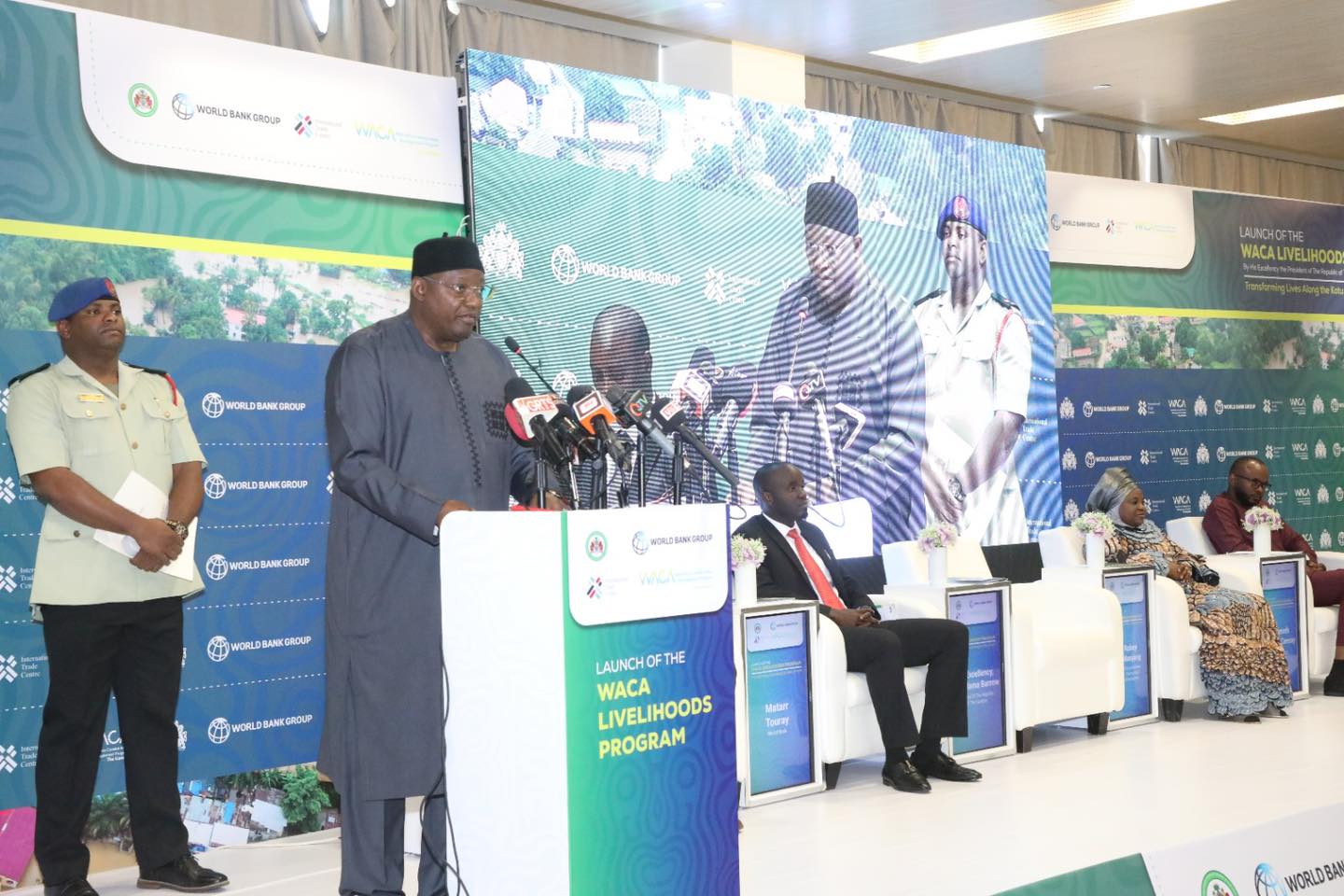Gambiaj.com (Banjul, The Gambia) – The Gambia is projected to experience heavier and more erratic rainfall this year, a development that could bring both agricultural promise and widespread challenges to infrastructure, health, and daily life.
According to the Department of Water Resources’ official seasonal outlook, rainfall between July and September is expected to range between 700 and 900 millimeters. This projection points to a greater likelihood of near-normal to above-normal rainfall, signaling potential gains for farmers while also raising concern over the possibility of flash floods and prolonged dry spells.
The onset of the rains is forecast to begin between June 12 and 19 in the eastern regions, and between June 20 and 25 in the west—approximately a week later than usual. The rainy season is expected to last between 122 and 125 days, concluding in the final week of October.
While the forecast may encourage optimism among farmers who have faced erratic weather patterns in recent years, the department cautions that rainfall distribution will be highly variable.
Early weeks of the season may be marked by short to medium dry spells, followed by longer dry periods later in the year. Low-lying and poorly drained areas are particularly vulnerable to flash floods, which could displace communities, destroy crops, and damage infrastructure.
In the agriculture sector, the forecast offers a mixed outlook. The rains could support the cultivation of water-loving crops such as rice, sugarcane, and tubers. However, farmers are being advised to remain cautious and to consider planting flood-resilient crops, using improved seed varieties, and adopting irrigation systems, especially in floodplain areas.
“There is a critical need for authorities to support farmers with climate-resilient technologies, timely information, and insurance schemes that can cushion the impact of crop losses,” the department emphasized in its advisory.
The River Gambia is also expected to register normal to above-normal flow, posing additional risks to riverine communities where seasonal flooding is already a recurring threat. Disaster management agencies have been urged to improve early warning systems, ramp up public awareness, and strengthen preparedness at both the national and community levels.
Recommendations include the clearing of drainage systems, reinforcement of dikes, and ensuring roads and key infrastructure can withstand extreme weather events.
Beyond agriculture and infrastructure, the health implications of increased flooding are also drawing concern. Standing water from floods can become breeding grounds for diseases like cholera, malaria, and diarrhea.
The department is urging health authorities to step up public awareness campaigns, ensure the availability of essential medicines, and provide vulnerable populations with clean water, mosquito nets, and vaccinations.
With the effects of climate variability already being felt across the country, the Department of Water Resources is calling for national planners to treat the seasonal forecast as a strategic planning tool. A follow-up forecast will be issued at the end of June, incorporating updated observational data.
“This is a crucial time for early action,” the department stressed. “The decisions made today will determine how well The Gambia weathers the season ahead.”










